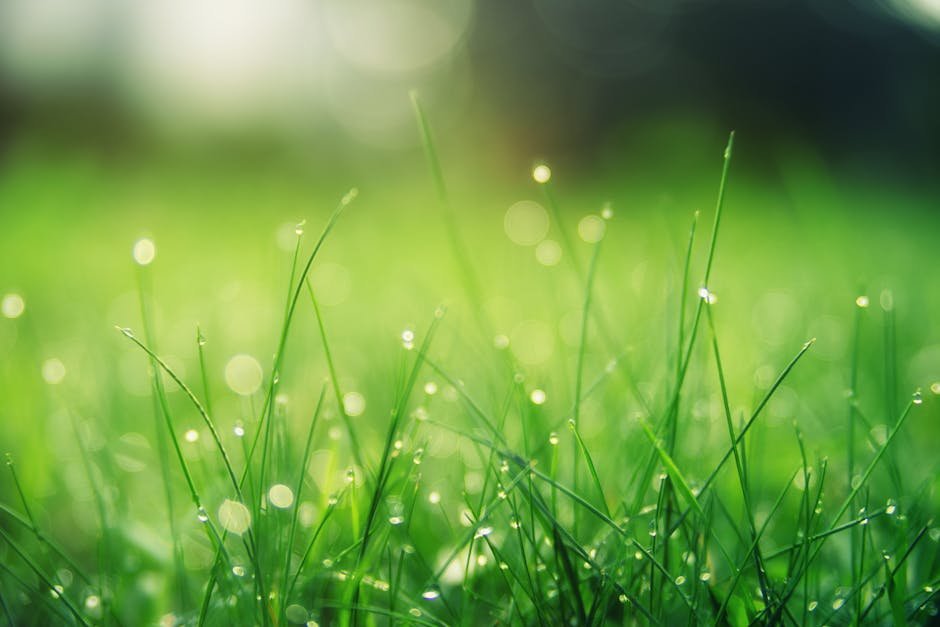The Dos and Don’ts of Lawn Pest Control: Expert Advice
Keeping your lawn pristine is not just about regular watering and mowing; it's a battleground where the right tactics can mean the difference between lush greenery and pest-ridden wastelands. Dive in to discover expert advice on mastering the art of lawn pest control.
Understanding Your Lawn's Unique Ecosystem
Every lawn tells a story, deeply rooted in its unique ecosystem. Before declaring war on pests, it's crucial to understand the delicate balance between beneficial organisms and harmful invaders that thrive in your green space. By familiarizing yourself with this ecosystem, you lay the groundwork for effective pest control.
The presence of certain pests can be an indicator of underlying health issues within your lawn. For instance, a thriving population of grubs might suggest your soil is lacking in essential nutrients. A closer inspection and perhaps a soil test could reveal much about the health of your lawn and guide your pest control strategy.
The Dos of Lawn Pest Control
First and foremost, do aim for prevention as your initial line of defense. Cultivating healthy soil and proper watering techniques can deter pests naturally, setting up a barrier of resilience around your lawn.
When facing an invasion, do choose targeted treatments over broad-spectrum pesticides. Knowing your enemy allows you to select specific solutions that minimize harm to the ecosystem, preserving those beneficial insects that contribute to a healthy lawn.
And lastly, do maintain a regular monitoring schedule. Keeping a vigilant eye on changes within your lawn can help you catch and address infestations before they spread, saving you time and resources in the long run.
The Don’ts of Lawn Pest Control
One of the biggest mistakes you can make is reaching for chemical solutions at the first sign of trouble. Overuse of chemicals can harm your lawn's ecosystem, killing off beneficial organisms and making your lawn more susceptible to diseases.
Don't neglect the warning signs of pest problems. Yellow spots, chewed foliage, and patchy growth are all cries for help from your lawn. Ignoring these signs can allow small problems to escalate into full-blown infestations.
Natural Solutions for a Healthier Lawn
Embrace the power of beneficial insects like ladybugs and lacewings, which naturally control pest populations. Creating a habitat that attracts these allies can help maintain balance in your lawn's ecosystem.
Consider companion planting as a means to deter pests. Certain plants emit natural repellents that can protect your lawn without the need for harmful chemicals. Research which plants are most effective against the pests you're facing.
Lastly, sometimes the best solution is a biological one. Nematodes, for example, are microscopic worms that target and eliminate pests like grubs, without posing risk to humans, pets, or the environment.
Embarking on the journey of lawn care is a test of patience and perseverance, but with the right mix of dos and don’ts, your lawn can emerge victorious against pests. Keep these expert tips in mind, and your lawn will not just survive; it will thrive.

